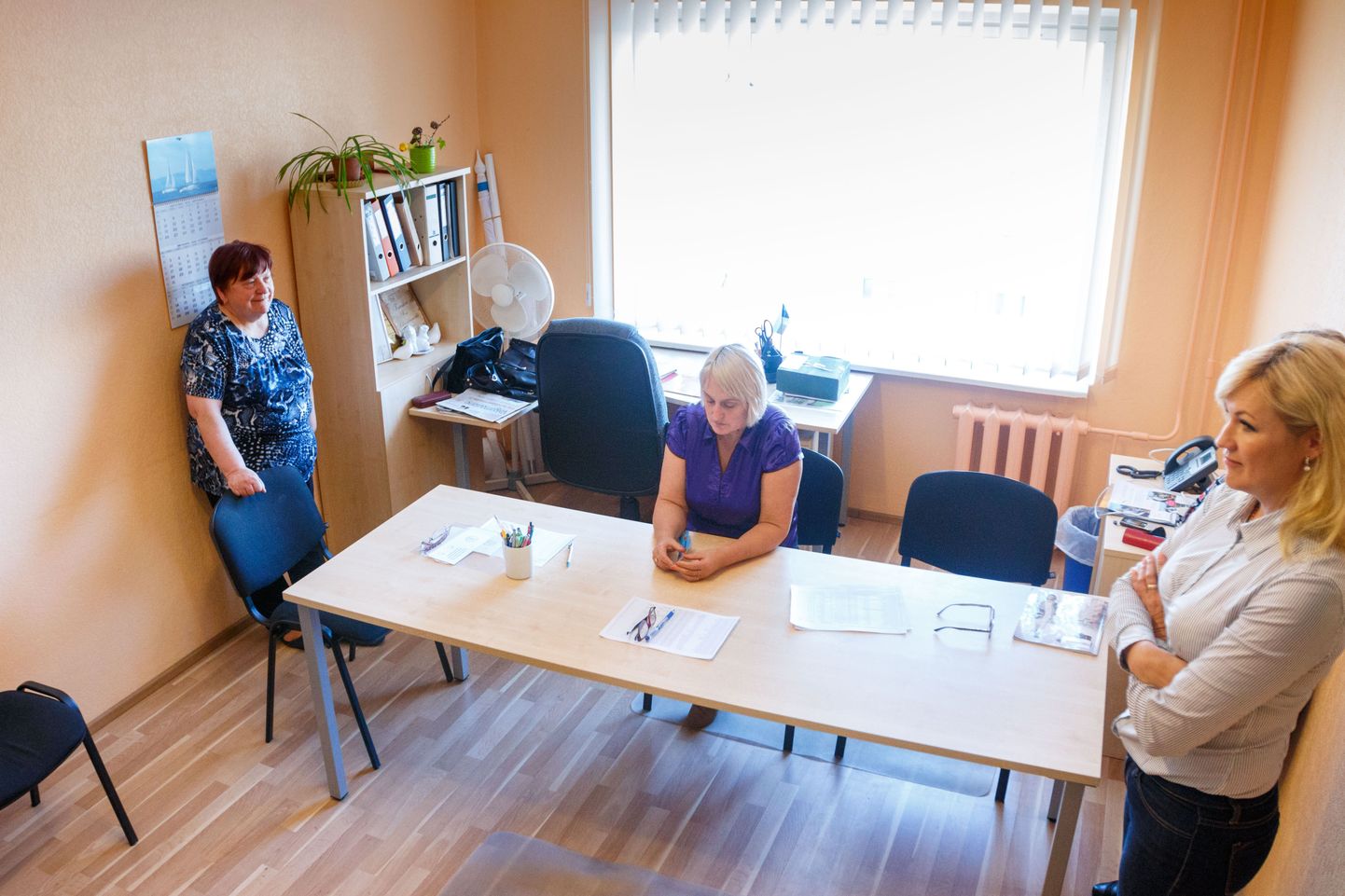According to the minister, it is also doubtful what was later done with the results. The outcomes had the power of recommendations and the local councils did what they wanted. “It was often explained by the low turnout,” Korb added.
Korb obviously agreed that nothing can be changed in retrospect. In his opinion the municipal councils did not have good options for a “nay” vote of the polls. The merger agreements were already drafted everywhere and only waited for the signatures. An alternative would have been to discard the result of months of preparations, losing the merger support sums and waiting for the inevitable forced merger.
According to the Ministry of Finance, by yesterday there were data on voting in 153 municipalities – a majority of the voters supported the mergers in 111 municipalities and towns, while in 41 local governments the voters opposed the merger. And the councils of most of such municipalities nevertheless decided to approve the mergers.
In the Vasalemma municipality, Harju county, an opposite process took place – the poll outcomes supported the merger agreement, but the council decided differently.
According to the Ministry of Finance, the negative outcome of the poll served as an argument for the council to reject merger in some localities, This happened in Padise, Harju county; in Saarde and Tõstamaa, Pärnu county and in Lüganuse, East-Viru county.

